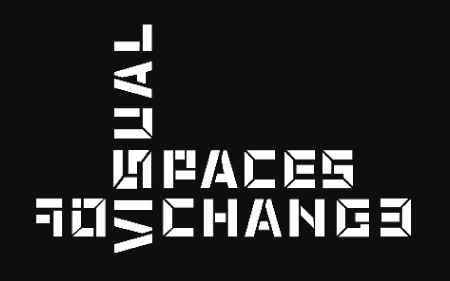Miragaia's distinctive picturesque and poetic character
took us to wander through its streets with a glance
attentive and of discovery, fostered by successive
feelings that provoked us. Every corner
it's a surprise, each house is different from the next, and
the vision, as a primordial sense, highlights the
textures and colors of the surrounding buildings, referring
for a haptic sense, very characteristic of this
neighborhood. Despite “the real Venice” like many of its
inhabitants call it, meet today
in a transformation scenario and partly delivered
to tourism, Miragaia still has a charisma that is
recognizable, not only for its architecture, but also
by the daily experience of those who inhabit it.
If in a first phase of approaching the neighborhood,
we intend to explore the authentic Miragaia, full of
interactions and historical essence that has not yet been lost,
in a second phase, we explore ruin and transformation
patents to the neighborhood in contemporary times, as well as
the relationship of people with this new urban context
created. In a third and final phase, we carried out a
set of assemblies with which we intend
show the contrast ratio between the present and a
utopian future. The introduction of the text element, through
of poems and quotes that accompany photography,
in addition to bringing the format closer to that of a newspaper,
gives it a certain haptic and approximation character
to the human experience of the neighborhood, narrating it.
Miragaia is currently characterized by the introduction
occasional elements that create ruptures in the middle
urban, interfering in this continuous contact with the
past and history, and redefining the need
of tradition in an architectural, cultural development
and urbanistic. The overlap of a temporal stratum
utopian that we propose in the assemblies made gives you
an almost palimpsychic character, in an overlap of
fragments inspired by Mies van der's montages
Rohe and the Lisbon Vertigo group.
The montage induces a rhetoric about space
built in transformation, bringing connections
instantaneous meaning and new temporalities. THE
dialectical method of assembly through juxtaposition
of different contemporary buildings
thus relate to the memory of the city that does not
is the conscious memory of our memories, but the
unconscious and deep memory that arises when
we find something that interests us. Miragaia, where
people come and go, but the essence remains and the place
remains.


 CAAD-F II 2019-2020
CAAD-F II 2019-2020



















